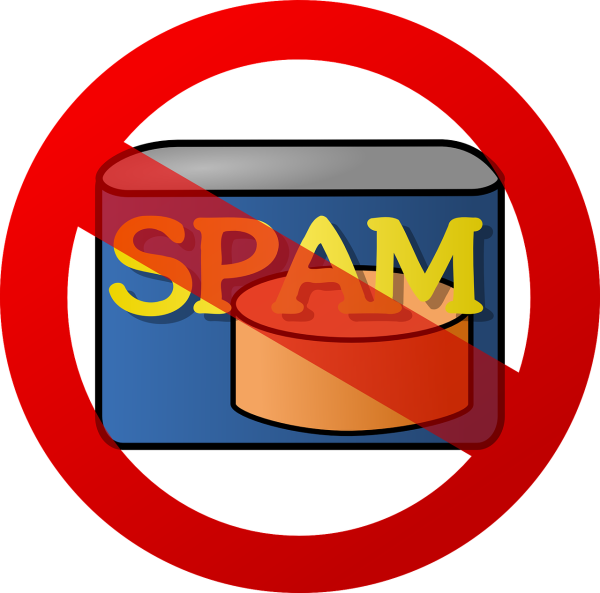Archives
- Newer posts
- April 2024
- November 2023
- October 2023
- August 2023
- May 2023
- February 2023
- October 2022
- August 2022
- July 2022
- May 2022
- April 2022
- March 2022
- February 2022
- June 2020
- March 2020
- February 2020
- January 2020
- December 2019
- November 2019
- October 2019
- September 2019
- August 2019
- July 2019
- June 2019
- May 2019
- April 2019
- March 2019
- February 2019
- January 2019
- December 2018
- November 2018
- October 2018
- September 2018
- August 2018
- July 2018
- June 2018
- May 2018
- April 2018
- March 2018
- February 2018
- January 2018
- December 2017
- November 2017
- October 2017
- September 2017
- August 2017
- July 2017
- June 2017
- May 2017
- April 2017
- March 2017
- February 2017
- January 2017
- August 2016
- June 2016
- April 2016
- March 2016
- February 2016
- January 2016
- July 2015
- June 2015
- Older posts

“Die Spammer Die” – Prevent Emails Going to Spam
“Get an MBA degree in 10 days!” If you get this email, you will surely suspect that it’s a spam, because a valid MBA degree requires a minimum of 2 years. But what about email filters? Do they put their specs on, read the email subject and decide whether such a message is a spam email or not? Let’s understand how spam filters work. Your email goes through different spam filters before final delivery to your mailbox. First, your server’s spam filter, then the receiver’s email service providers i.e. Gmail, Yahoo, AOL etc. or your receiver’s server.
As a legit sender, you would not want to see your email being marked as a spam email. So to make sure that your receivers get your emails, you need to prove that your emails are not spam. To do that, you need to follow certain guidelines. If you’re sending an email from your company, you have to add correct ‘From’ address and ‘Reply-to’ address.
Mostly all spam filters scan your email. That is, they actually go through the words you write in the email, especially your email subject. So, avoid any spam triggering words in your email like discount, Win, offer, etc. in the subject. Also, if you are sending a company email, you should add the physical address of your company. It is recommended to add an unsubscribe link for newsletter emails or any subscription-based emails. Adding an unsubscribe link in the email will allow users to opt out from the email subscription.
Next is email encryption. Any email which is sent by your company should be encrypted. If the email is not encrypted, there is a high chance of having your email marked as spam mail by the spam filters. As the world progress, spam filters are getting more and more strict about filtering spam mails. Many email service providers are now using DMARC (Domain-based Message Authentication, Reporting & Conformance) policy which is an email validation system designed to detect and prevent email spoofing and email spamming. It requires the sender to authenticate their emails with SPF (Sender Policy Framework record) & DKIM (DomainKeys Identified Mail) authentication and publish a DMARC record. Any spam filters which follow DMARC policy will first check if your DMARC record exists if not, then your email will be marked as spam or reject depending on the policy.
If you follow these rules and guidelines, your emails will be surely received by the receiver or else your email will either go in spam, get rejected or depending on the email server you will get an error saying “DIE SPAMMER DIE!!”
